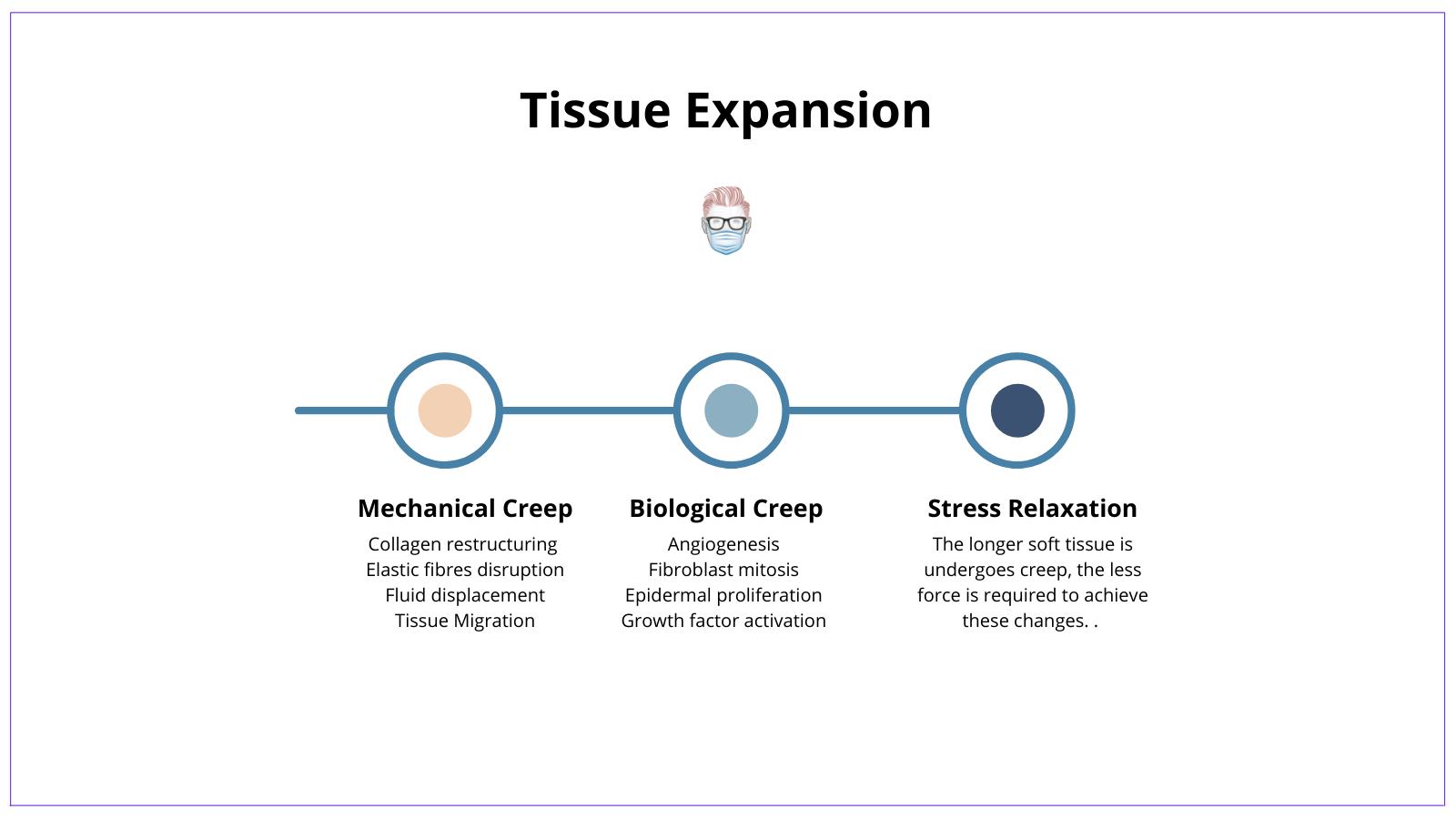In this week's edition
- ✍️ Letter from P'Fella
The end of the reconstructive ladder. - 🤓 The Sunday Quiz
How well do you know the types & classification of flaps? - 🎙️ Behind the 'Fella
Sneak peek from episode 05: All about skin grafts. - 🎓 theFellow's Corner
This week's feature: Tissue expansion. - 📖 What Does the Evidence Say?
Evidence behind the Reconstructive Ladder - 🔥 Articles of the Week
Reconstructive surgery: 3 articles with 1 sentence summaries. - 💕 Feedback
Suggest ideas & give feedback!
A Letter from P'Fella
The End of the Reconstructive Ladder
Let’s cut to the chase: the reconstructive ladder—our old reliable—might just be past its prime. We’ve been climbing this ladder step by step, but it’s time to ask: are we really serving our patients best by following a one-size-fits-all approach?
👇
The ladder was great for its time, guiding us through complexity in a neat, orderly fashion. But let's face it, surgery isn’t cookie-cutter, and neither are our patients. Sticking rigidly to this method can sometimes feel like wearing blinders, missing out on innovative techniques that could offer better results, faster.
Why Change
The introduction of technologies like negative-pressure wound therapy and the use of dermal matrices are game changers. These aren’t just minor tweaks; they represent a significant shift in how we can manage wounds more effectively and with better outcomes.
It’s comfortable, sure. Climbing the traditional ladder step by step is safe because it’s familiar. But what if I told you that jumping straight to what works—skipping unnecessary steps—could save time, reduce patient discomfort, and lead to better overall results?

A Different Way to Think
Think of the reconstructive elevator as your express pass to the right solution. This isn't a new idea, it's been around for a couple of decades (at least) in the literature. No more unnecessary steps—just straight to the level of complexity needed for each unique case. It’s about working smarter, not harder, and definitely not slower.
And the Reconstructive Triangle? That's an idea in the literature too. This isn’t just a shift; it’s a whole new game. Flaps, microsurgery, tissue expansion—all the tools in our kit considered simultaneously to tailor the best possible outcome from the get-go. It’s a creative, multidimensional way of thinking about reconstruction that really puts the patient’s needs front and centre.
It’s time to let go of the ladder.
P'Fella ❤️
The Sunday Quiz
How Well Do You Know Types & Classification of Flaps?
Welcome to the next round of The Weekly Quiz.
Each edition of thePlasticsPaper includes a quiz question designed to challenge and engage our readers. Keep your wits about you and join in every week — the winner at the end of six rounds will earn you a $100 voucher.

Behind the ‘Fella
Sneak Peek from Episode 05
Tune into our podcast for exclusive team meetings where we uncover behind-the-scenes details of the platform and discuss hot topics in plastic surgery with our fellows.
In our upcoming episode, we discuss our experiences in skin grafting!
You can subscribe on Spotify & Apple.
Let us know your thoughts on podcasts here 👇
the Fellows' Corner
This Week's Focus: Tissue Expansion
In case you've missed out, here's a reminder to check out our fresh articles, clinical cases, and surgical techniques.
Read below for an overview of our article on Tissue Expansion.

Tissue Expansion
Definition
Tissue expansion optimises the viscoelastic properties of skin and increases tissue availability.
Mechanisms
Tissue expansion involves 3 processes: mechanical creep, biological creep, and stress relaxation.
Changes in Tissue Expansion
During the tissue expansion, histological changes occur. The epidermis is the only anatomical layer that increases in thickness.
Capsule Formation
After insertion, a capsule forms around the tissue expander. This has been shown to develop in 4 layers of different cellular structures.
Types of Tissue Expanders
Tissue expanders are designed in different shapes, sizes, textures, and expansion directions to fit their specific indication.
Clinical Indications
Tissue expansion can be used for a diverse group of reasons. It is commonly used in delayed breast reconstruction. It should not be used in wounds with a high risk of wound breakdown.
What Does the Evidence Say?
Evolution of the Reconstructive Ladder
Articles of the Week
3 Interesting Articles with 1 Sentence Summaries
Modern updates to the traditional reconstructive ladder incorporate techniques like negative-pressure wound therapy, dermal matrices, and perforator flaps to enhance wound closure options.
Explore tissue expansion techniques to reconstruct defects when adjacent tissue is insufficient, particularly in the cheek and neck areas.
Discover how the traditional reconstructive ladder model can lead to rigid, ineffective solutions when misapplied, and the need for adaptability and creativity in complex surgical decision-making.


